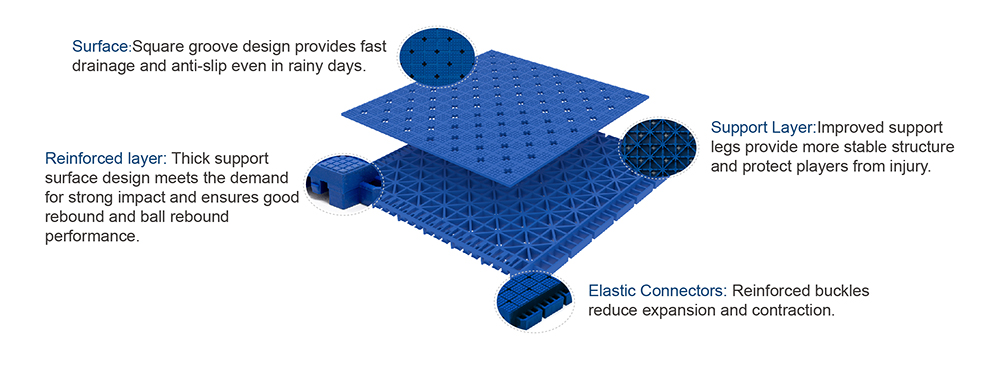Aug . 09, 2024 23:00 Back to list
Cost Analysis of Maple Hardwood Flooring for Your Home Improvement Project
The Price of Maple Hardwood Flooring What You Need to Know
When it comes to choosing the flooring for your home, hardwood is often at the top of the list for many homeowners. Among the various species of hardwood available, maple hardwood flooring stands out due to its durability, aesthetic appeal, and various price points. This article will delve into the factors that influence the price of maple hardwood flooring, helping you make an informed decision for your next renovation project.
The Appeal of Maple Hardwood
Maple is a popular choice for flooring due to its light, creamy color and fine, uniform grain. It offers a contemporary look that can complement various interior design styles, from modern to traditional. Additionally, maple is one of the hardest domestic hardwoods, making it an excellent choice for high-traffic areas and homes with children or pets.
Factors Influencing Price
1. Type of Maple There are several types of maple used in flooring, with sugar maple being the most common. Prices can vary based on the type of maple used. Sugar maple tends to be more expensive than red maple, mainly due to its hardness and aesthetic qualities.
2. Grade of Wood Hardwood flooring is classified into different grades based on its appearance and quality. Higher grades of maple, which exhibit fewer knots and imperfections, will typically command a higher price. Lower-grade maple may have more natural character marks but can be a more budget-friendly option.
3. Engineered vs. Solid Maple Flooring The price can also differ based on whether you opt for solid or engineered maple flooring. Solid maple flooring, which is made from a single piece of wood, is generally more expensive due to its quality and longevity. Engineered maple flooring, which consists of a thin veneer of maple over a plywood base, tends to be more affordable while still offering the aesthetic of solid wood.
maple hardwood flooring price

4. Thickness and Width The thickness and width of the planks can also impact pricing. Wider and thicker boards can be more expensive due to the greater amount of raw material required. However, they can provide a more luxurious appearance and can be more stable over time.
5. Finish The finish applied to maple flooring can alter its price as well. Pre-finished maple flooring, which is coated with multiple layers of finish at the factory, often costs more initially. However, it may save you money in the long term since it requires less maintenance and can be easier to install.
6. Market Fluctuations Prices can vary depending on the availability of maple wood. Economic conditions, changes in demand, and supply chain issues can lead to fluctuations in pricing over time. Always check current market trends to ensure you’re getting the best price.
Average Costs
On average, you can expect to pay between $3 to $8 per square foot for maple hardwood flooring, depending on the factors mentioned above. Installation costs can add an additional $2 to $5 per square foot, bringing your total to anywhere from $5 to $13 per square foot. It's important to shop around and compare prices from various suppliers to ensure you are receiving the best deal.
Conclusion
Maple hardwood flooring is an excellent investment for any homeowner looking to enhance their living space. While prices can vary widely based on several factors, understanding these elements will empower you to make an informed decision. Take your time to explore different options, and consider your budget alongside your flooring goals. With maple's timeless beauty and durability, you can enjoy stunning flooring that lasts for years to come.
-
Premium Pickleball Sport Court Solutions Durable & Customizable Courts for All Levels
NewsJul.06,2025
-
Springs Pickleball 9 Indoor Courts Available – Premier Pickleball Experience
NewsJul.06,2025
-
Durable Plastic Pickleball Court Tiles Versatile Commercial Plastic Flooring Solutions
NewsJul.05,2025
-
Optimal Height for Indoor Pickleball Court Meet Official Standards & Enhance Play
NewsJul.05,2025
-
Premium Pickleball Basketball Sport Court Tiles – Durable, Versatile, Easy Installation
NewsJul.05,2025
-
Converting Tennis Court to Pickleball Fast & Affordable Solutions for Any Facility
NewsJul.04,2025

